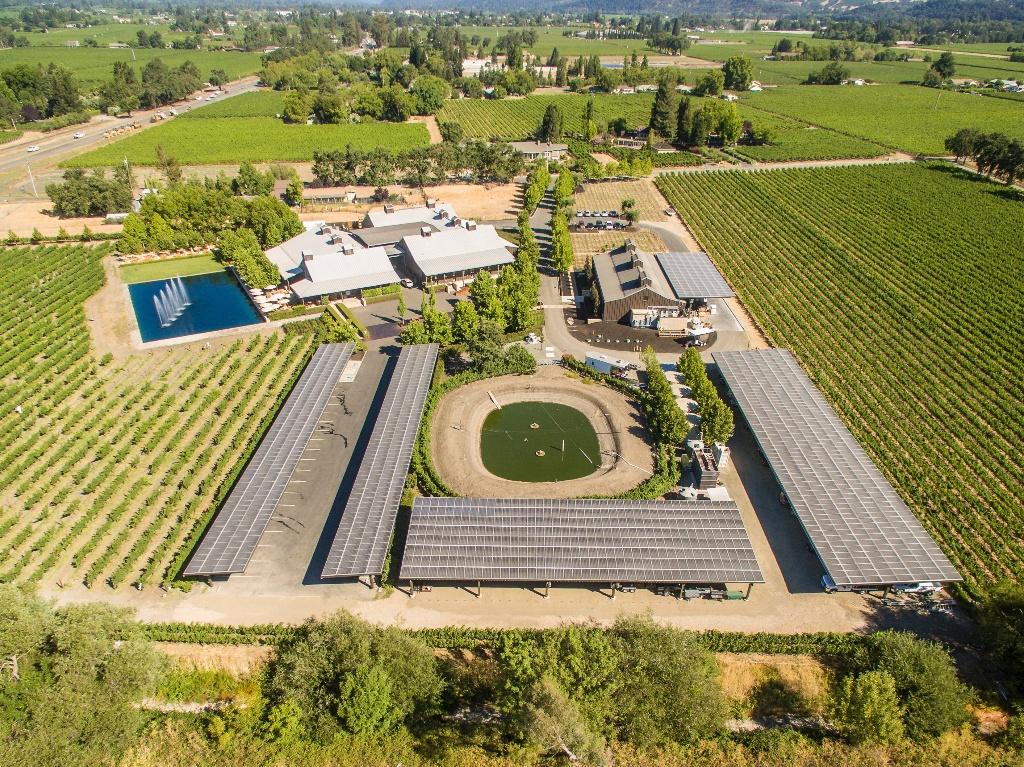Solar detractors are pointing to the 2016 dip in California solar installations as the beginning of the end of the solar boom. Others see it for what it is; a sign of a maturing industry settling into a sustainable growth rate.
On January 1st of this year, breitbart.com pronounced “Peak Solar Hits California.” The use of the term “peak solar” has been thrown around recently by those who are trying to confuse readers with an apples and oranges comparison to the concept of “peak oil.” What we are seeing in the solar industry is, in fact, the exact opposite of peak oil. As we reach peak oil, more and more money and energy are needed to extract less and less usable oil. What we are seeing in solar is a plateau where a large bulk of infrastructure has been put in place and is continuing to produce cheaper and cheaper energy. If California has reached a peak, it is “peak distribution.” Unlike oil, the resources are not running out… the infrastructure is.
The obvious reason for the 2016 dip in installed solar capacity in California as compared to other states was the uncertainty surrounding the reauthorization of the federal investment tax credit (ITC.) A large number of projects were rushed to completion in 2016 in other parts of the country, while California had completed record numbers of projects in 2015 due to state requirements for increased renewable generation.
The real reason for the slower growth in California installations is the fact that California has lead the nation in early adopters of indie and rooftop solar, and naturally, that market is reaching saturation. The “low hanging fruit” has been picked in California, and focus is moving to the new technology that can make solar practical for the next tier of renewable energy adopters. Meanwhile, utility companies are rushing to catch up and modernize their systems to accommodate more new solar.
Utilities Gain Grid Services From Maturing Solar Industry
A recent study from the U.S. Department of Energy’s National Renewable Energy Labs (NREL), California Independent Systems Operator (CAISO) and solar generation owner First Solar.According to the report:
“ As the electricity grid transforms into a greener grid, operational challenges are surfacing. The CAISO is experiencing significant ramping needs during sunrise and sunset, as well as periods of oversupply conditions, especially pronounced during weekends when electricity demand is low and renewable production is high. These effects are primarily due to a large amount of solar resources connected to the transmission grid. The ISO is also seeing peak net-load demand on the system shifting towards the hours after sunset, which intensifies resource ramping needs in the afternoon when the system is losing solar production.
The test demonstrated that the advancement in inverter technology now allows renewable resources to provide essential reliability services similar to traditional resources using fossil fuels. The test was important because it shows that the advancement in inverter technology now allows renewable resources to provide essential reliability services, which means that with the right type of power control technology, renewable resources can help support further integration of renewable resources on the system. This is important to meet the 50-percent RPS target and beyond.”
California Businesses Take The Lead In Solar Storage
The next step in the solar industry’s march toward a cleaner future is the implementation of energy storage systems. As usual, California is taking the lead, with an increasing number of industries joining the ranks of early technology adopters.
This week, Sierra Nevada Brewing Company announced that it has installed 500 kilowatts/1 megawatt-hour of Tesla Powerpack batteries at its Chico, California brewery. Sierra Nevada is the nation’s top-selling craft brewery, producing nearly 1 million barrels of beer a year, with more than $200 million in sales. The new Tesla storage system buffers the company from high demand charges and substantially reduces peak demand on the local grid.
According to the Aquion Energy website: “Alpha Omega, a family-owned winery in the Rutherford Bench area of Napa Valley, announced today that it has placed into operation a 400 kilowatt (kW) solar and 580 kilowatt-hour (kWh) battery microgrid system that includes a first-of-its-kind, fully integrated solar and battery facility back-up power system. This groundbreaking microgrid system, which encompasses solar power generation, energy storage and demand management, is the largest commercial microgrid system to date for a Napa Valley winery and in all of Pacific Gas and Electric Company’s 70,000-square-mile service area in northern and central California, according to renewable energy developer Blue Sky Utility, which handled the project.”
It is quite obvious to anyone observing the rapid advances in solar technology that the 2016 California cool-down is more-than-likely a settling-in to an extended period of sustainable growth.






